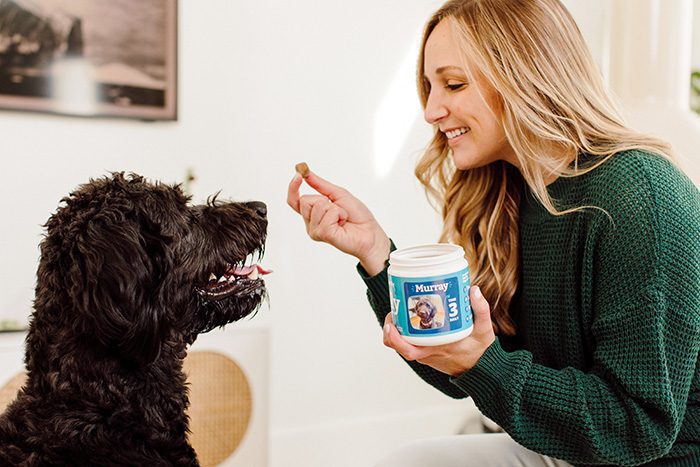Hey there, fellow nature enthusiasts! Ever wondered how we got from wild wolves to adorable pups snuggled on our couches? Or how those juicy tomatoes in your salad got so darn delicious? It’s all thanks to a bit of magic…well, not actual magic, but something just as fascinating: selective breeding!
Think of it as a bit of a matchmaking game but for plants and animals. Selective breeding, sometimes called artificial selection, is the process of choosing parent organisms with specific desirable traits and letting them, well, get busy. The goal? To produce offspring that inherit those awesome traits and make them even better over time.
Humans have been playing matchmakers for a long time about 9,000 years! Remember those wolves we talked about? Yep, our furry friends were some of the first to experience the selective breeding treatment, evolving from fierce hunters to loyal companions over generations.
So, what’s the point of all this matchmaking? Well, selective breeding helps us achieve some pretty cool things:
- Bigger and Better Crops: We’re talking tastier fruits, plumper veggies, and crops that can withstand pests and tough weather. Think about those juicy, red tomatoes we mentioned earlier—selective breeding made them possible!
- Supercharged Livestock: Ever wonder how a chicken lays almost an egg a day? That’s selective breeding at work, boosting things like milk production in cows and egg-laying in chickens.
- Our Furry (and Not-So-Furry) Friends: From the tiniest Chihuahua to the fluffiest Persian cat, selective breeding has given us the incredible diversity of pets we love today.
But how does this whole selective breeding thing work? Let’s break it down:

How Selective Breeding Happens
Traditionally, breeders were like keen-eyed detectives, observing their plants and animals and picking out those with the most desirable traits. They had a few tricks up their sleeves:
- Inbreeding: Breeding closely related individuals to emphasize certain traits. Risky business, though, as it can increase the chances of genetic diseases. Think of it like putting all your eggs in one basket—you might get what you want, but you’re also increasing the chances of something going wrong.
- Linebreeding: A slightly less intense version of inbreeding, where breeders carefully select individuals with a common ancestor to maintain desirable traits while minimizing health risks. It’s like walking a tightrope—you need a steady hand to get the balance right!
- Crossbreeding: Mixing things up! This involves breeding unrelated individuals to introduce new genes and increase diversity. Think of it like adding some spice to the mix—you never know what exciting new combinations might pop up!
Fast forward to today, and technology has entered the selective breeding scene! We now have tools like:
- Genetic Testing: This helps breeders identify specific genes responsible for desirable traits, sort of like a blueprint for the perfect organism!
- Data Analysis and Breeding Software: These fancy programs help track lineages, predict breeding outcomes, and make the whole process way more efficient. It’s like having a super-powered matchmaking assistant! [This information is not explicitly from the sources and may need to be independently verified.]
So, selective breeding is pretty awesome, right? Well, it’s not all sunshine and roses.

The Downside of Selective Breeding: A Look at the Challenges
While selective breeding has given us some pretty amazing things, it’s important to remember that there can be downsides too:
- Health Hiccups: Sometimes, focusing too much on one trait can lead to health problems in animals. Think of those cute bulldogs with their smushed faces—they often struggle to breathe.
- The Diversity Dilemma: When we keep breeding animals with very specific traits, we risk losing genetic diversity. This can make populations more vulnerable to diseases and less adaptable to environmental changes. It’s like having a team of all-star players—they might be great individually, but they might struggle if conditions change.
- Ethical Considerations: Selective breeding can raise some tough questions about animal welfare. Is it right to breed animals with traits that might cause them pain or suffering? This is a conversation that needs to continue, with everyone’s voice heard.
The Future of Selective Breeding: Where Do We Go From Here?
Selective breeding is at a crossroads, and new technologies like gene editing are shaking things up. These tools have the potential to make breeding even more precise, but they also raise ethical questions we need to grapple with.
What does this all mean for us? It means we have a responsibility to be informed consumers and advocate for responsible breeding practices. We must ensure that the amazing diversity of life on our planet thrives for generations to come.
So, the next time you bite into a perfectly ripe strawberry or admire your playful pup, remember the fascinating story of selective breeding. It’s a story that continues to unfold, and we have the power to shape its future. Let’s choose wisely!



